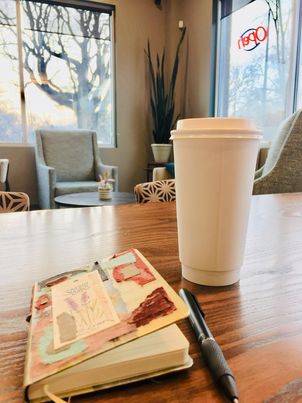Schlagwort: Adoptierte Reise
-
Little Question
by Pradeep adopted from Sri Lanka to Belgium, Founder of Empreintes Vivantes. Have you already made an appointment with yourself? I remember having to forge myself, like many adoptees! Forge my own personality without any stable benchmarks and this mainly due to the absence of biological parents. Indeed, children who live with their biological parents…
-
her name was maité, su nombre era maité
J Alonso shares his poetry as a Spanish intercountry adoptee.
-
-
Crane Mimicry
Can a famous example of conservation teach us anything about adoption? Most people can’t see a correlation but I do! Less than a hundred years ago, there were just 16 whooping cranes left in North America. These beautiful majestic birds were near the brink of extinction. Men who over hunted and destroyed the bird’s habitat…
-
Zu oft umgesiedelt und verlassen
Ethiopian adoptee shares her journey of loss and more loss in relinquishment and adoption.
-
Unsere Mütter und Familien?
A followup on an intercountry adoptee (Yennifer Villa) project to hear from the mothers of loss in Colombian intercountry adoption.
-
Die Wahrheit der internationalen Adoption
These past weeks have been frustrating to say the least! I received an official letter from the Australian Government – Minister Tehan’s office, Minister for Social Services, one of the Federal departments responsible for intercountry adoption. Our stakeholder community has been actively writing and contacting the Minister to request a review of the decision to…
-
Dankbarkeitserwartungen bei der Adoption
—
von
In Abuse in Adoption, Wut des Adoptierten, Adoptee vulnerability, Adoptees Educate, Adoption Education for Adoptive Parents, Adoption Education for Professionals, Adoptive Country, Birth Country, Complexities in Adoption, Critical Thinking in Adoption, Gratitude in Adoption, Grief and Loss, Importance of Connections to Origins, Is adoption the best option, Lifelong Impacts of Adoption, Not Knowing in Adoption, Sense of Belonging, Therapy, Transrassische Adoption, Trauma bei der AdoptionLynelle shares about the burden of being expected to be grateful in being adopted.
-
Gelber Schnee
I grew up on a dairy farm in rural Minnesota. Minnesota is a state, located in the north central region of the United States and borders Canada. Most people do not know the most northern point of the lower 48 states is located in Minnesota. It should be no surprise to learn Minnesota ranks in…
-
Wer bin ich?
—
von
In Adoptee vulnerability, Adoptees Educate, Adoption Education for Adoptive Parents, Adoption Education for Professionals, Complexities in Adoption, Critical Thinking in Adoption, Grief and Loss, Importance of Connections to Origins, Is adoption the best option, Korea, Lifelong Impacts of Adoption, Multiple Identities, Not Knowing in Adoption, Sense of Belonging, Transrassische Adoption, Trauma bei der Adoption, USAJayme questions who he is as an intercountry adoptee from Sth Korea.
-
Artwork Submitted for The Colour of Time Cover Competition
Artwork submitted by adoptees for the competition of the front cover design concept of the book, The Colour of Time.
-
Zwillinge durch Adoption getrennt
Lynelle writes critically about the intercountry adoption processes that knowingly separate biological twins.
-
Experiences of Adoption are all Different but Share much
Our adoptee experiences share so much in common but are also so unique. Here we share a Korean – Australian adoptee’s story in her own words.
